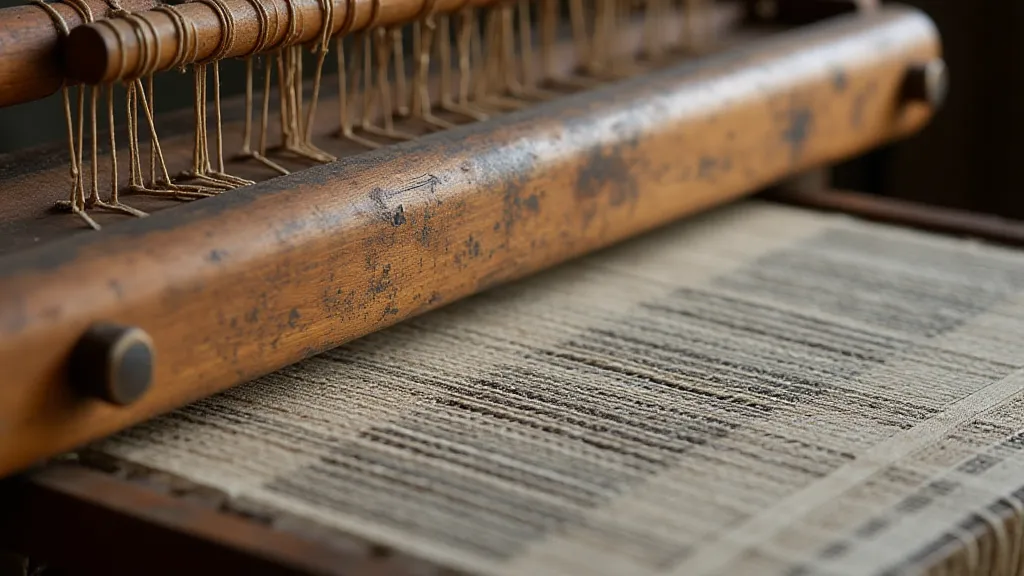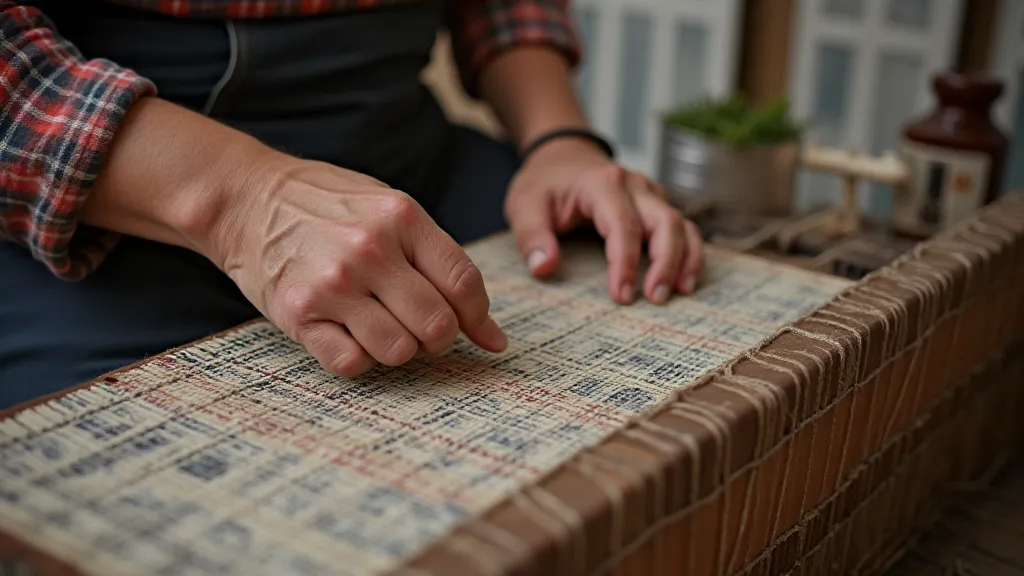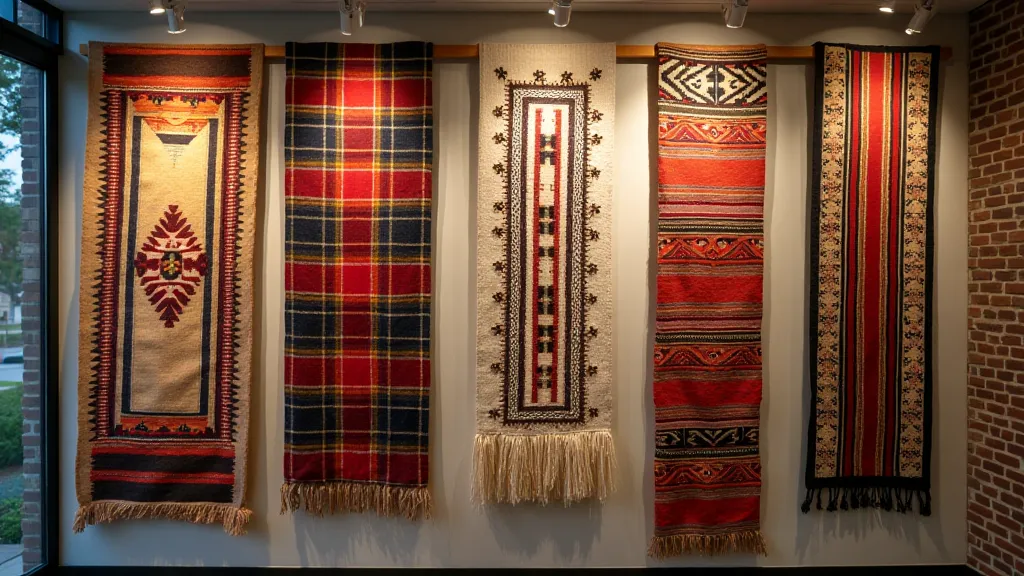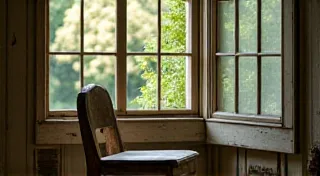Beyond the Bloom: Unearthing the Mathematical Elegance of Regional Weaving
There’s a quiet beauty in the way a weathered, antique accordion sits, its bellows hinting at a life of music and travel. That same sense of history, of layered narratives and hidden complexity, resonates profoundly within the world of traditional weaving. It’s easy to admire the vibrant colors and intricate designs of a regional textile – a Peruvian kilim, a Scottish tartan, a Balinese songket – but to truly appreciate them, one must delve a little deeper, to discover the unexpected mathematical elegance woven into their very structure.
My grandmother, Elsie, was a masterful quilter. Hours spent poring over pattern books and painstakingly cutting fabric squares were her meditation. She rarely spoke about the artistry, but I recall the focused intensity in her eyes, the almost reverent way she handled each piece of cloth. Later, researching her techniques, I realized her seemingly intuitive process was rooted in geometry, in the careful arrangement of shapes to create a harmonious whole. That connection between creation and calculation sparked my fascination with the underlying principles of regional weaving.
The Loom as a Canvas of Geometry
The loom itself is a testament to ingenious engineering. It’s a framework built upon fundamental geometric principles. The warp, the threads running lengthwise, establishes a grid, a scaffolding upon which the weft, the crosswise threads, are interlaced. The ratio of warp to weft, the density of the weave, the over-under pattern—each element contributes to the final texture and visual effect. Consider a plain weave, the most basic of weaves. It’s a simple alternating pattern, yet it creates a surprisingly strong and versatile fabric. The underlying mathematics are almost painfully straightforward, yet the possibilities for variation are endless.

Symmetry and Repetition: Building Blocks of Tradition
Many regional weaving traditions rely heavily on symmetry. Bilateral symmetry, where a design is mirrored along a central axis, is common in textiles from cultures influenced by Islamic art, like those found in Central Asia and the Middle East. The patterns feel balanced, harmonious, and imbued with a sense of order. In contrast, radial symmetry, emanating from a central point, is often seen in Native American weavings, particularly those from the Southwestern United States. These patterns visually draw the eye inward, creating a feeling of unity and interconnectedness.
The repetition inherent in weaving isn't just about aesthetics; it's a practical necessity. Creating intricate patterns can be labor-intensive, and repeating motifs allows weavers to efficiently cover large areas of fabric. However, the skillful use of repetition is what elevates a textile from mere functionality to a work of art. Subtle variations in color, texture, or spacing can transform a repeating pattern into something dynamic and engaging. This speaks to the weaver’s ability to balance repetition with creative innovation.
Tessellation and the Art of Fitting
Tessellation, the art of arranging shapes to fit together without gaps or overlaps, is another frequent mathematical principle found in regional weaving. Consider the geometric patterns of Andean textiles, particularly those from Bolivia. The intricate diamond and square motifs seem to interlock and flow seamlessly, creating a mesmerizing visual effect. The weavers aren’t just creating a pattern; they’re solving a spatial puzzle, fitting shapes together to create a unified whole.
The process isn’t always deliberate, of course. Often, weavers learn the patterns through observation and imitation, passing them down through generations. But the underlying mathematical principles are implicitly understood and skillfully applied. The resulting textiles are not just beautiful; they are testaments to the ingenuity and adaptability of human creativity.
Beyond the Visual: Considering the Craftsmanship
To truly appreciate regional weaving, it’s important to understand the immense skill and dedication involved. The selection of materials—the wool from specific breeds of sheep, the dyes derived from natural sources—is a crucial first step. The preparation of the yarn – spinning, twisting, and plying – is itself a specialized craft. And then comes the weaving itself, which requires a combination of technical precision and artistic sensibility.
The imperfections, too, are part of the beauty. A slight variation in tension, a subtle shift in color – these are not mistakes; they are the fingerprints of the weaver, the evidence of their presence in the creation process. Restoring antique textiles requires a delicate touch, preserving these imperfections while stabilizing the fabric and preventing further deterioration. It's a far cry from simply cleaning; it's an act of preservation, of honoring the legacy of the craftsperson.

Collecting and Caring for Regional Textiles
Collecting regional textiles can be a deeply rewarding experience, connecting you to cultures and traditions from around the world. However, it’s important to approach collecting with respect and understanding. Research the origins of the textile, learn about the techniques used, and appreciate the cultural significance of the design.
Proper care is essential for preserving antique textiles. Store them flat, away from direct sunlight and humidity. Regular inspection for signs of damage—tears, stains, insect infestations—can help prevent further deterioration. Professional conservation is recommended for valuable or fragile pieces.
A Legacy Woven in Time
The mathematical elegance embedded within regional weaving is often overlooked, but it’s there, woven into the very fabric of these extraordinary creations. It's a testament to the power of human ingenuity, the beauty of pattern, and the enduring legacy of craftsmanship. The next time you encounter a traditional textile, take a moment to look beyond the bloom of color and appreciate the underlying structure, the intricate geometry, and the silent conversation between the weaver and the loom. You might just discover a hidden world of mathematical beauty, a legacy woven in time.






